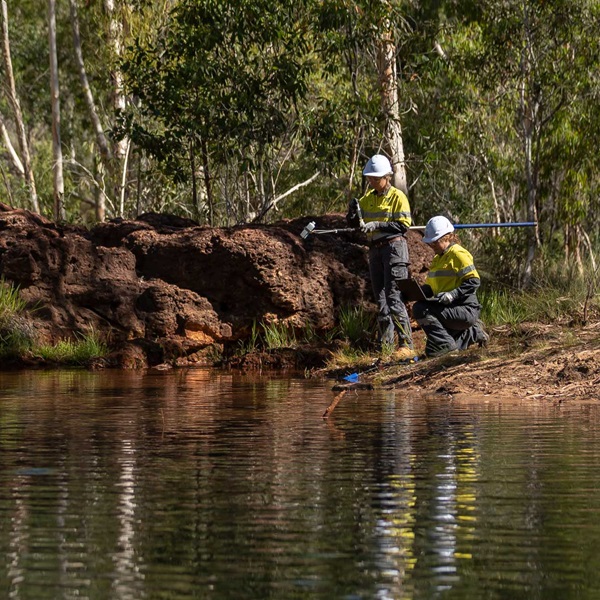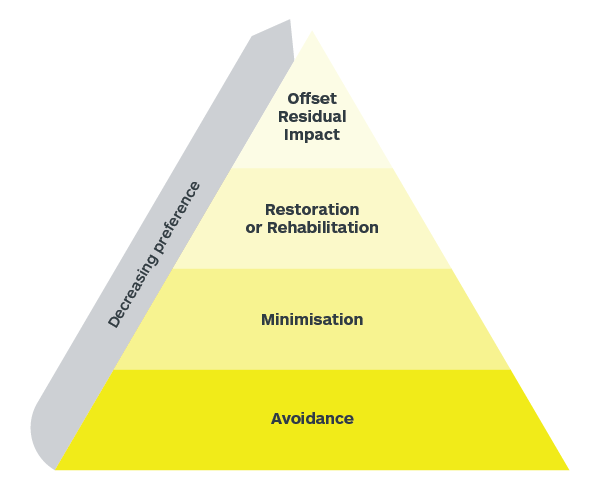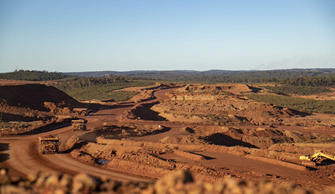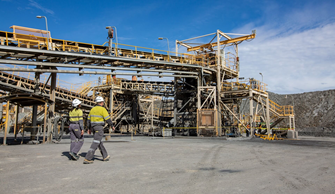Our approach

Our approach
We recognise the continued decline of global biodiversity, impacting the health and well-being of people and ecosystems, and presenting risks for economies, businesses and capital providers.
Our Approach to Biodiversity Conservation outlines our commitments and management approach to addressing impacts on biodiversity and ecosystem services, throughout the mining lifecycle. These commitments include:
- Avoiding exploring or mining in UNESCO World Heritage sites and respecting legally designated protected areas;
- Aiming to achieve no net loss of biodiversity for all new projects and major expansions to existing projects, and minimising our operational impacts through all stages of the mining life-cycle;
- Collaborating with others to contribute towards nature positive outcomes within the broader bioregions, communities and cultural landscapes in which we operate; and
Transparent disclosure of our biodiversity conservation progress and performance.




